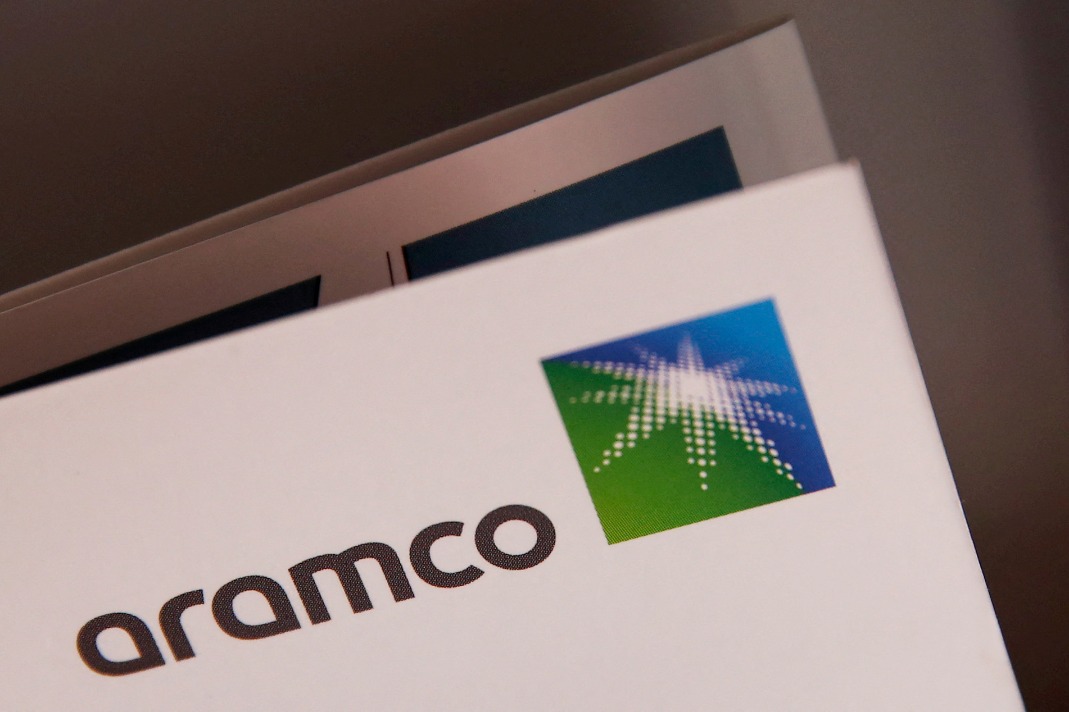Experts call for push to RCEP policies


More efforts are needed to give a full play to the Regional Comprehensive Economic Partnership agreement policies in order to form a unified regional market and accelerate economic integration, experts said.
Thanks to the agreement, enterprises in the region will see more market opportunities brought by growing demand from China, they added.
Initiated by the Association of Southeast Asian Nations in 2011, the RCEP agreement was signed in November 2020 by China, Japan, South Korea, New Zealand, Australia and all 10 ASEAN member states, forming the world's largest free trade area that accounts for about one-third of the global population, GDP and trade.
It came into effect in China, Japan, Australia, New Zealand and six ASEAN states-Brunei, Cambodia, Laos, Singapore, Thailand and Vietnam-on Jan 1, and will be implemented in South Korea from Feb 1 and in Malaysia from March 18.
"Speeding up flows of products and production factors, the implementation of the pact can propel economic recovery and growth in the region," said Wu Hailong, president of the China Public Diplomacy Association.
"However, more efforts are needed so that the pact will come into force in all signatory members as soon as possible."
Wu made the remarks at the RCEP Media & Think Tank Roundtable Forum recently held both online and offline. Others at the forum also said that under the agreement, foreign investors will have better access to a whole region while tapping into any of the member states, and will enjoy lower operation costs.
However, policy coordination in the region is needed to unleash the full potential of the agreement-one that reduces or eliminates both tariff and non-tariff barriers for trade and investment, they said.
According to the agreement, tariffs on around 90 percent of goods traded in the region will be eventually eliminated, which will significantly reduce trading costs and product prices in the region.
Its cumulative rules of origin allow products to have just 40 percent of their value composition produced within the region to enjoy tariff reductions or elimination.
Chi Fulin, president of the China (Hainan) Institute for Reform and Development, said member economies should ramp up joint efforts to shorten the transition periods toward promised full tariff elimination for key raw materials and components.
"Countries with key roles in industrial and supply chains, including Japan, China, South Korea and Indonesia, should shift toward uniform tariff reductions rather than reductions only for particular countries, to make it easier for enterprises to apply the agreement provisions on tariff reductions and elimination," Chi said.
Huo Jianguo, vice-chairman of the Beijing-based China Society for World Trade Organization Studies, said the alignment of each member's policies should have been more detail-oriented, although the agreement has outlined principal requirements in key areas.
Therefore, member economies are obliged to open up at a higher level together for the agreement to effectively propel regional trade and investment growth and integration, and eventually accelerate economic integration of the region, Huo said.
RCEP member economies should strengthen legislation and law enforcement regarding equal market entry, fair competition, intellectual property protection and transparency in regulation to form a unified regional market, Chi said.
For that purpose, they should also make progress in information sharing and recognition for market regulations and Customs clearance, and negotiate and align rules, criteria, standards and regulations for the services sector at a proper time, he added.
Wang Yiming, vice-chairman of the China Center for International Economic Exchanges, said China's expanding consumption and imports will create better conditions for other RCEP member economies to increase exports, as well as help improve regional economic and trade cooperation.
Citing Customs data, Wang said the nation's trade in goods with the other 14 RCEP members increased by about 18 percent in 2021, accounting for some 31 percent of the nation's total foreign trade.
Chi expects China is likely to become the largest consumer market in the world by 2025, and its consumption market expansion and upgrades will lead to greater demand for agricultural products from ASEAN members, mid-range to high-end products and services from Japan and South Korea, and energy products from other participating RCEP markets.
Offering growing market opportunities to other members of the agreement, such increased demand will also accelerate the integration of the regional market, Chi said.




































